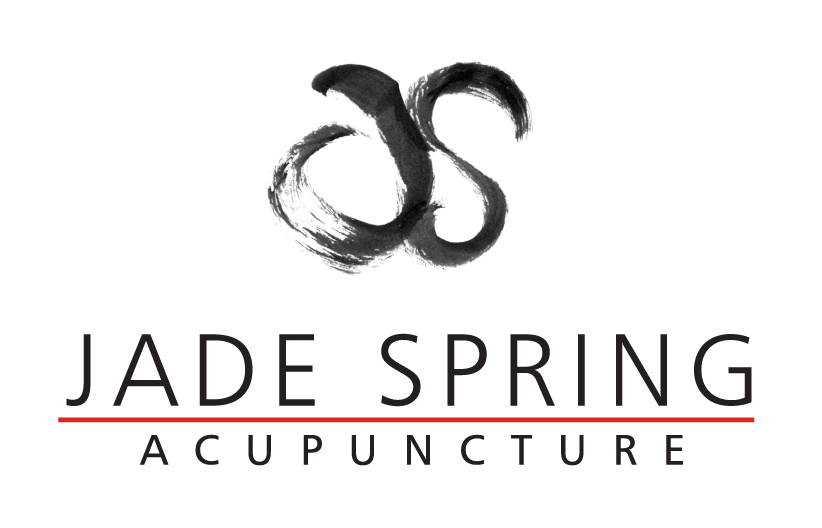Acupuncture for athletic performance
Watching the Olympics over the past two weeks has been so fun! I love seeing the diversity of everyone competing and find it so inspiring to know how hard these athletes have worked to get into the Olympics. Being someone who doesn’t push herself very hard physically, I marvel at the endurance, perseverance and stamina of the athletes, and I wonder how many of them might be receiving acupuncture to support their training.
Because acupuncture has a lot to offer when it comes to athletic performance and can be a useful tool for anyone engaging in a sport, whether at the level of an elite athlete, someone doing sport as a hobby, or those interested in maintaining their health through exercise.
Below are just a few of the ways that acupuncture benefits all kinds of athletes:
Enhanced performance – One of the effects of acupuncture is increased blood flow into tissues. This of course is essential for optimal muscle functioning, and by bringing more oxygen into tissues endurance increases, too. Acupuncture can also improve sleep, which is essential for enhancing physical performance.
Stress reduction – If there is stress and anxiety associated with training and performance, acupuncture is an excellent option for addressing these issues and reducing anxiety, and the impact of stress on the body. As such, it helps with mental clarity and the ability to focus.
Injury prevention – Treatment can reduce muscle tension and improve flexibility, keeping muscle tissue more subtle and healthy and therefore less prone to injury.
Improved recovery – Because acupuncture speeds up the body’s natural healing process, it can be used to shorten recovery after a hard work out or after an injury. It can also help reduce chronic inflammation after injury, reducing swelling and improving range of motion.
Pain relief – Acupuncture can reduce pain from an injury or after a hard workout, thereby reducing reliance on pain medication.
Other modalities of Chinese Medicine can be used to enhance acupuncture treatment and will often include cupping, guasha, and moxibustion.
Cupping: This is probably one of the most famous adjunct therapies of Chinese Medicine because it leaves those distinctive cupping marks. Cupping uses suction to break down adhesions in fascial tissue which cause restriction and impair range of motion. It restores blood flow by pulling old stagnant blood trapped in tight muscle to the surface (that’s what causes the cupping marks) and moves fresh blood into that tissue. Cupping helps loosen and soften tight muscles, allowing for better functioning.
Guasha: This ‘scraping’ technique uses a tool to rub rigorously over the skin and structures below. Just like cupping, it is used to break down adhesions and free up restriction. Whereas cupping is great over large muscles, guasha is better at working around tight attachments and into bony areas, where there isn’t enough flesh to apply cupping. It is ideal for the neck area as well as other attachment sites around joints.
Moxibustion: This is a heat therapy which I like to use when there is swelling and restriction. From a Chinese Medicine perspective, swelling is associated with ‘dampness’, and the moxibustion is helpful in drying that ‘dampness’ to reduce swelling. The warmth of the moxibustion penetrates deep into injured tissue, reducing pain and enhancing local blood flow.
I look forward to supporting anyone who would like to enhance their athletic performance or to recover from a sports injury.



